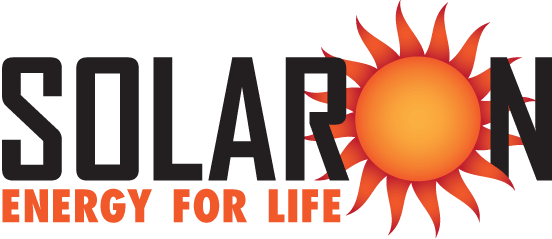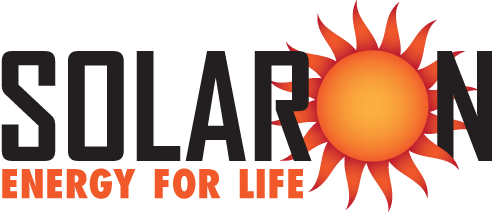
When you think of the word “submerge,” most people think of submarines. That makes sense – the term refers to descending below the surface of an area of water. Now, we’ve covered reports on floatovoltaics, which pertains to placing photovoltaic panel arrays on the surface of water, but underwater? New research from a team at Zhejiang in China may have found a way to use solar cells to transmit data underwater more efficiently. In their published report, the team indicated a critical need for efficient underwater data exchange for ocean protection activities. Communication on the status of coral reefs and temperatures is vital to monitor the effects of things like global warming on marine ecosystems. The team’s research shows solar cells might be a key ingredient to faster communication.
Solar Cells are Versatile
The first thing to understand is that in this case the photovoltaic (PV) cells are not being used to generate electricity strictly for power, but as detectors of light signals. When light hits a PV cell, it generates electricity. Therefore, an optical signal could be transmitted long distances by using a series of mirrors and PV cells as signal reflectors and receivers. It’s like fiber optics, but without the fiber cable. Lenses are normally used to detect these types of light signals, but PV cells are lens-free.
The research team therefore connected arrays of solar cells to operate as lens-free detectors. The system creates a solar panel-based optical communication system, which can create data links, establishing a wireless underwater data transmission system. The system could then transmit data to divers, submarines, or underwater sensors. They can also keep surface ships in the loop. This type of communication is like current systems using LED devices and other variations of light emitters to transmit data across long distances. The team’s research shows the highest bandwidth ever recorded for this type of system.
Light-based communications underwater are preferred over radio or acoustic waves. Light offers higher speed, lower latency, and less power usage. The challenge, however, is that water can easily disturb communication systems. Everything in water gets swayed to and fro, unless bolted down or otherwise fixed in place. A transmitter mounted on the ocean floor and a receiver on a boat or submarine invariably lose alignment, and data is lost.
Solar cells, however, don’t require the pinpoint accuracy of lens detectors. Imagine an underwater transmitter sending a light signal to a large array of solar cells. Now the light signal has a big target! The submerged solar cells can therefore convert light to an electrical signal without the need for precision targeting. A surface vehicle would not need to be anchored to keep the data link active, because the receiver would more readily detect the transmitter, even with movement on either side.
Since solar cells are produced on a large scale, creating these data transmitters might turn out to be more cost-effective than lens detectors. The research continues. The team intends to test the system in conditions similar to the real-world, such as muddy water or with weakened signals, as to determine distance and movement thresholds.
Don’t Miss the Boat!
Benefitting from solar power is not a long way off! You may not use your solar panels for communication, but you can certainly use them to charge and power your many communication devices! It starts with a phone call to Solaron or a free solar analysis scheduled via our website. From there, you’ll learn the details on how solar cells provide enough electricity to maintain your lifestyle and reduce your reliance on public utilities and fossil fuels. Our solar specialists are happy to provide the information you need to make an informed decision on using solar power for your home and family.

